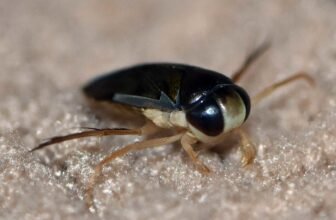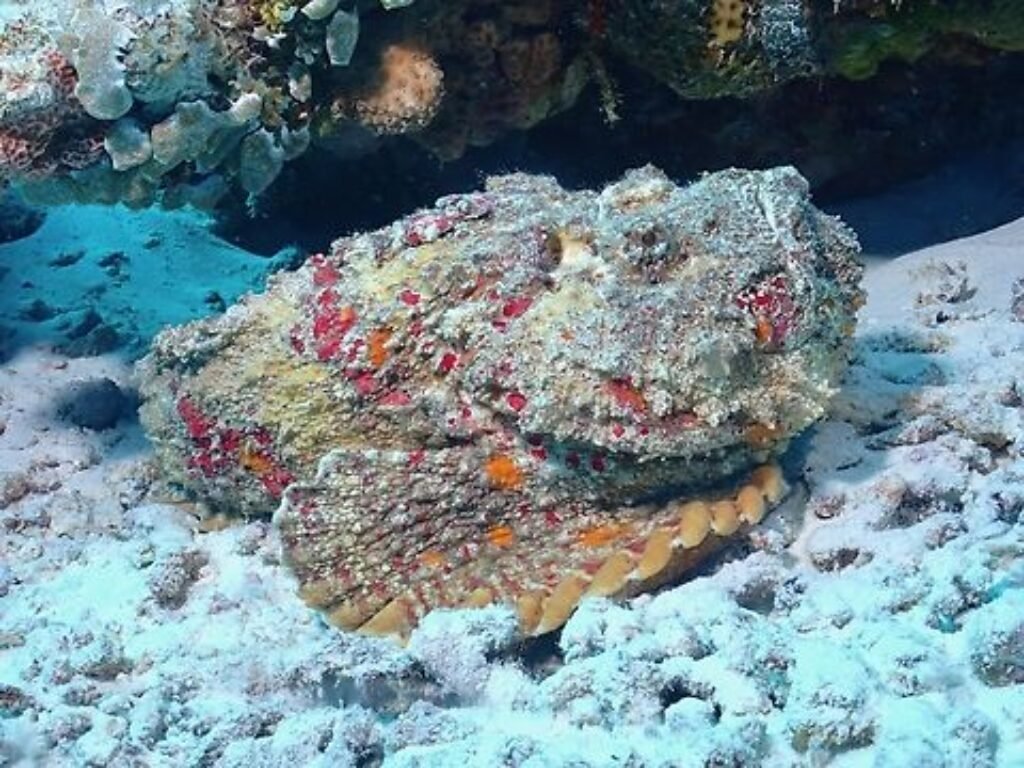
The “Most Poisonous Fish in the Ocean” is also the Most Dangerous Fish in the Sea. The stonefish is one of the most poisonous fish in the world, belonging to a family of fish that can deliver a painful sting and blend in with its surroundings.
Often called “the masters of camouflage,” these fish are very dangerous to humans, but their species’ evasive nature makes them hard to detect. In this blog, we are going to explore the rockfish characteristics, venom, sting, and some other interesting information.
Table of Contents
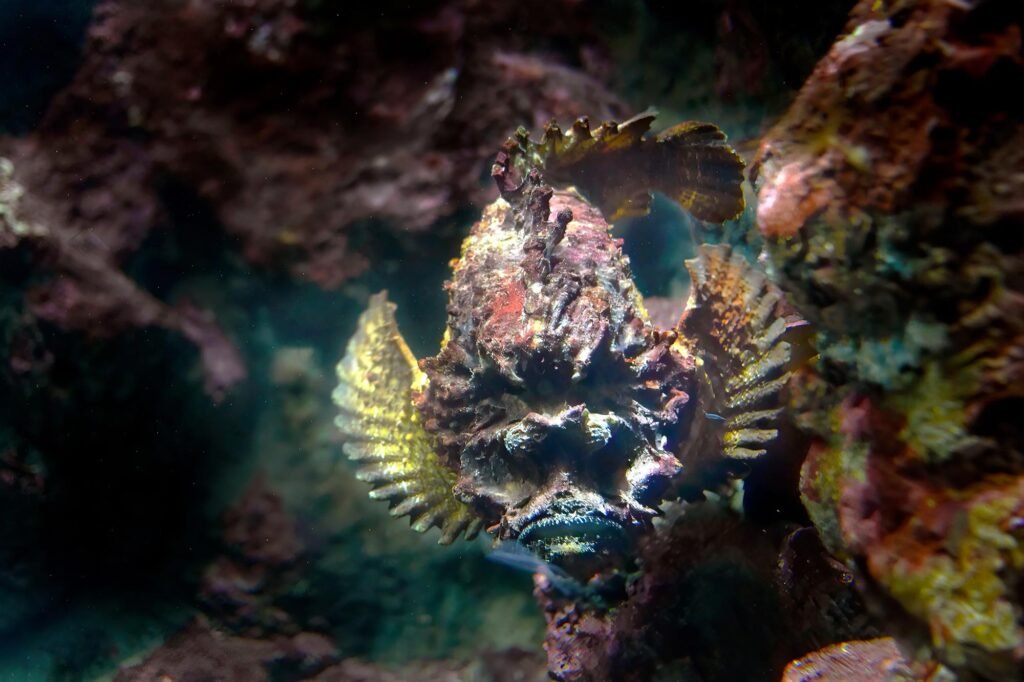
What is a stonefish?
- The rockfish (genus Synanceia) is a species of marine fish located in the coastal areas of the Indian and Pacific oceans, including the Great Barrier Reef and some areas of Southeast Asia.
- They can camouflage inconspicuously on a rocky or sandy sea floor, making them nearly undetectable. Its rugged, stone-like look helps keep them hidden and escape predators.
- Rockfish, which may reach a length of 12–15 inches (30–40 cm), are typically found in shallow waters; they remain motionless on the sea bottom, waiting for potential prey or a passing foe.
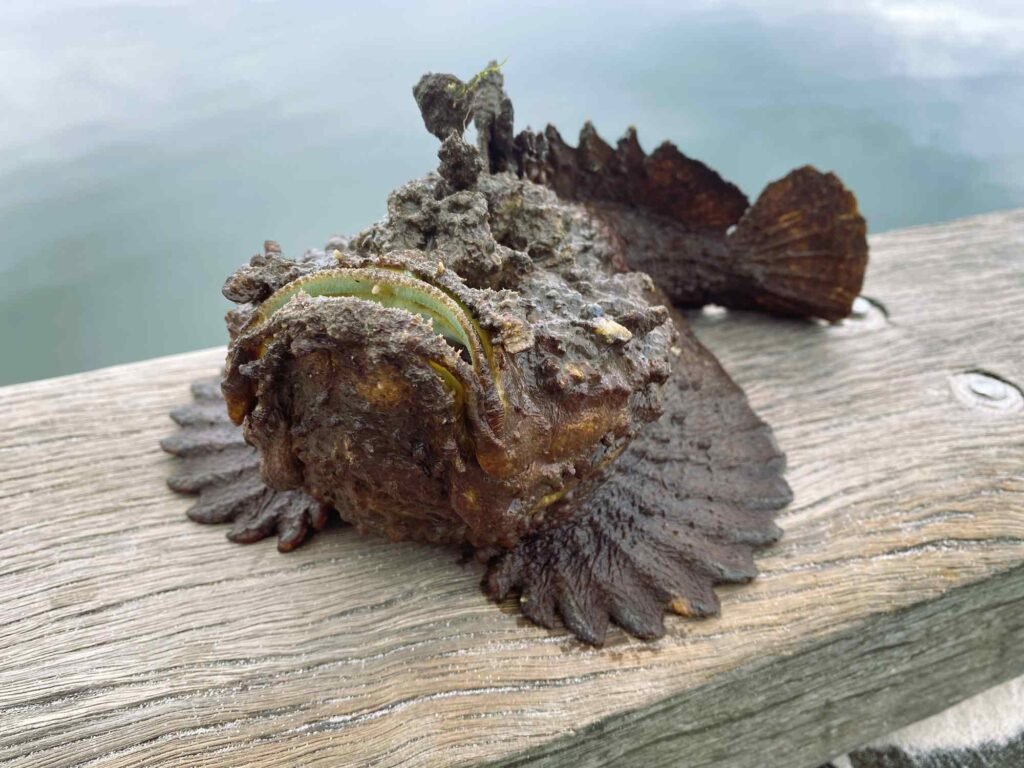
Venom and Sting of the Snakefish
- Among the most amazing and dangerous characteristics of the rockfish are its venomous spines.
- The rockfish has 13 pointed spines on its dorsal fin that can very well inject venom into its prey upon being stepped on or touched.
- These spines, which lie hidden in the fish’s body and, when provoked, release a lethal toxin, lead to agonizing pain and swelling and sometimes life-threatening consequences.

Stonefish sting venom can cause the following symptoms:
- Acute pain at the site of the sting
- Swelling and bruises
- Nausea and vomiting
Difficulty breathing and paralysis in severe cases
- Without treatment, the venom can lead to paralysis, shock, and death. Anyone who has been stung should get immediate treatment.
- Generally, getting stung by this type of jellyfish is not fatal and will usually be relieved through hot water immersion, which breaks down the venom into less toxic components.
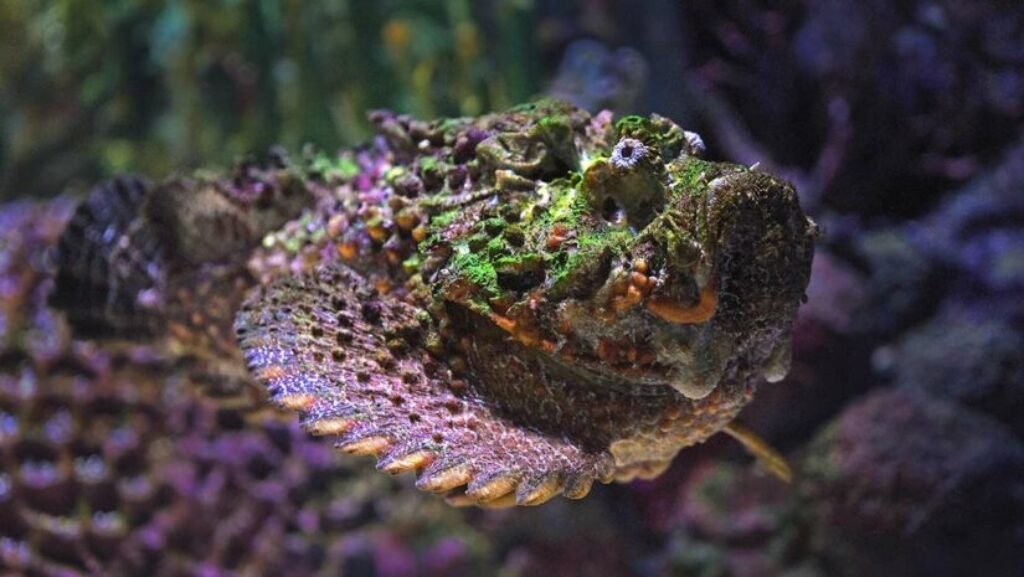
Cortez Stonefish
- The Cortez rockfish (Synanceia verrucosa) is a type of rockfish native to the coastal waters of Baja California, Mexico, and the Sea of Cortez.
- Like other rockfish, this species possesses a venomous sting capable of endangering whoever steps on it.
- The Cortez rockfish has a unique appearance, which allows them to camouflage themselves as a rock or coral.

Needles and Why They’re There
- The spines on the rockfish are sharp and spike-like and are meant to be used for protection.
- The spines are buried below a layer of skin, and when pressure is placed on the fish (for example, if someone steps on it), the spines excrete venom.
- These needle-like structures are a part of the rockfish’s toxic emanation, thwarting predators from attacking and enabling it to reside still in its environment without being interfered with.
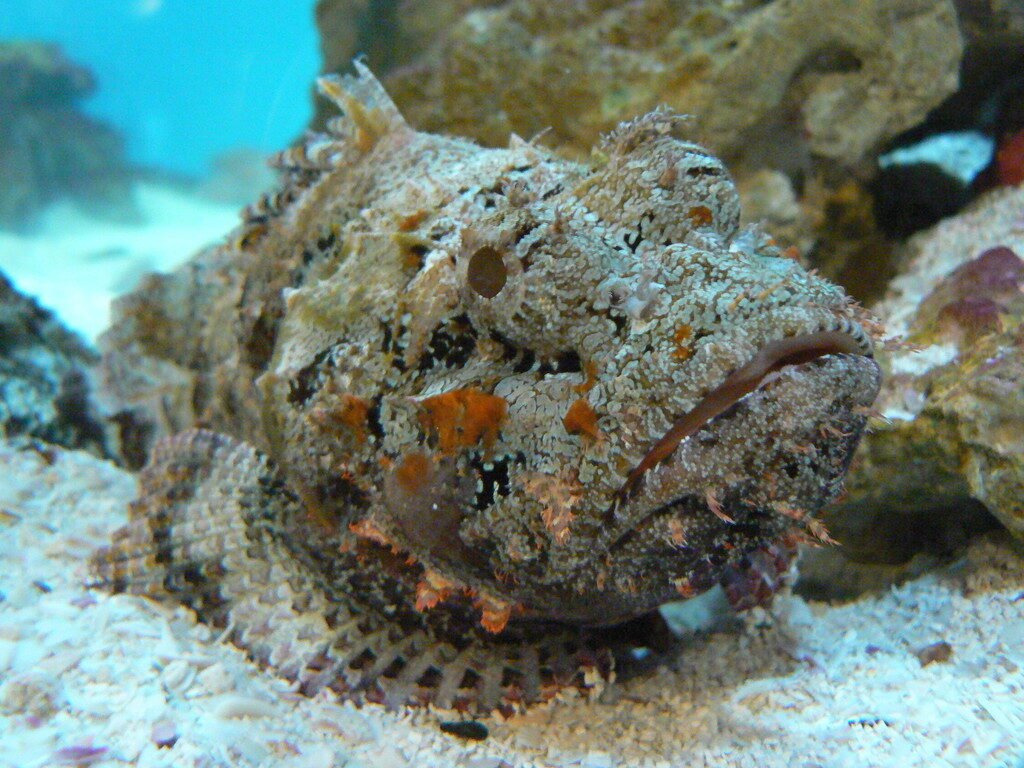
How to Identify a Stonefish
- A rockfish can be hard to identify, thanks to its brilliant camouflage. Here are a few characteristics to seek out:
- Color: Rockfish typically camouflage against the rocky or sandy sea floor in brown or gray coloration.
- The shape of their body is a solid, lumpy, rock-like mass.
- Spines: The spines are elusive unless provoked, 13 of which are located within the dorsal fin and carry venom.
- Even in waters that seem shallow, rockfish may be common, so be cautious when swimming or walking in the waters.
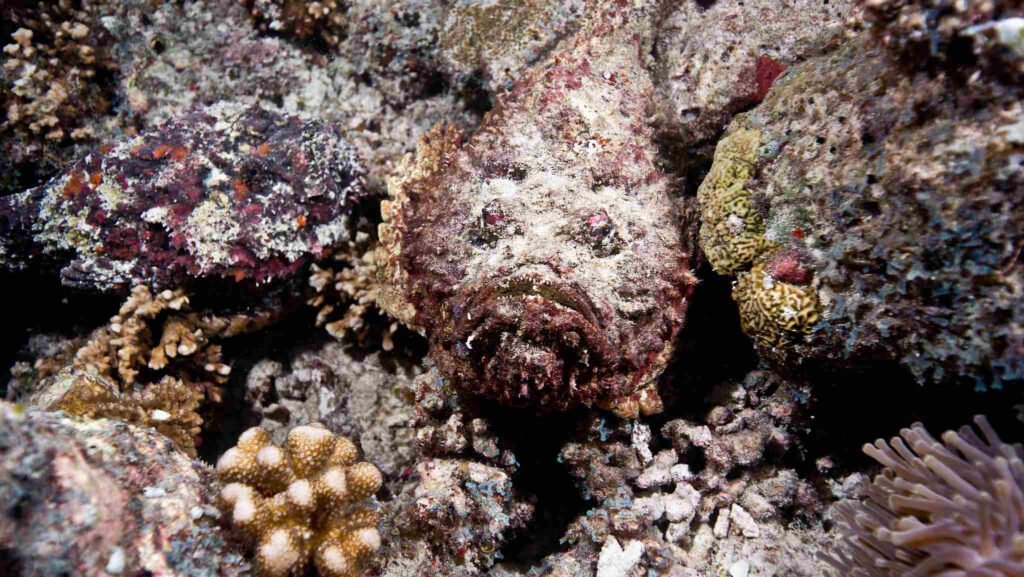
FAQs About Stonefish
How dangerous is a rockfish?
The rockfish is highly venomous and has spines that are sharp enough to stab a person who steps on them, potentially causing severe pain, swelling, and death.
Where are rockfish found?
Stonefish are native to the Indo-Pacific, including the Great Barrier Reef, but they also exist in parts of Southeast Asia and the Sea of Cortez.



